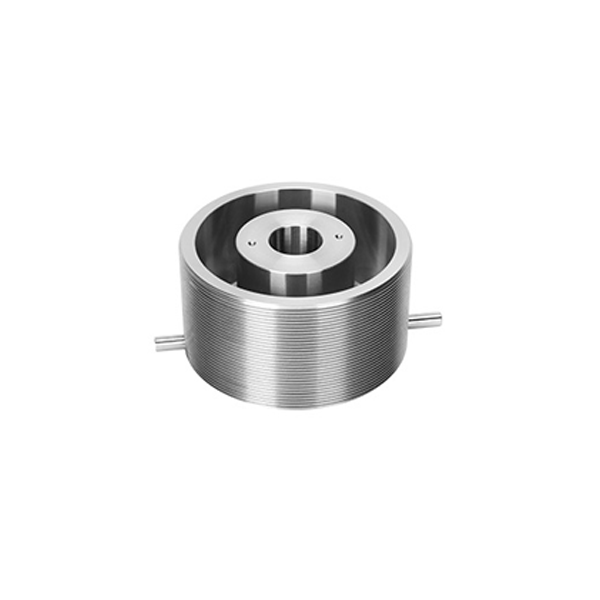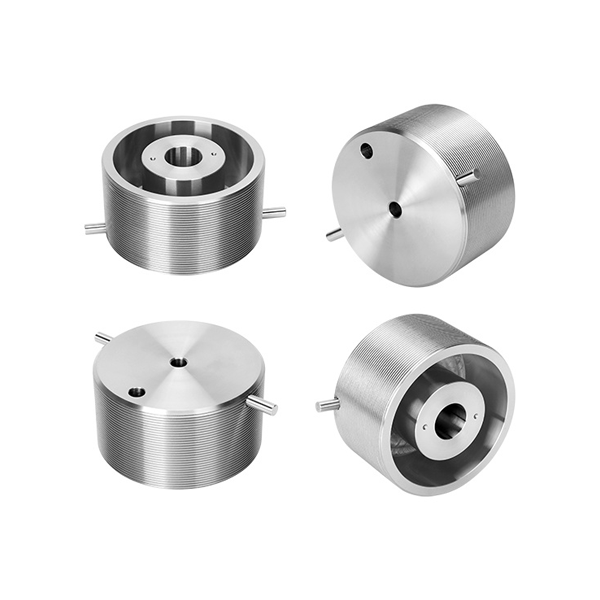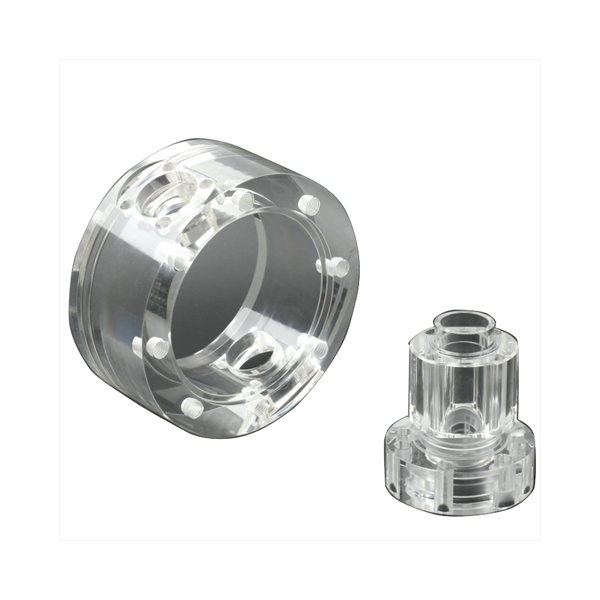Small Batch Production Parts

Small Batch Production Parts
-
Batch Size: 10 to several hundred parts
-
Processes Supported: CNC machining, 3D printing, sheet metal, molding, casting
-
Materials: Metals (aluminum, stainless steel, titanium, brass, alloys), plastics, composites
-
Accuracy: ±0.005 mm for CNC, material-dependent for other processes
-
Surface Finishes: Anodizing, plating, painting, polishing, passivation
-
Lead Time: As fast as 3–7 days depending on complexity
- Description
- Specification
- Application
- FAQS
At GD Prototyping, we understand that not every project requires mass production. That’s why we specialize in Small Batch Production Parts, providing flexible and efficient manufacturing solutions that bridge the gap between prototyping and large-scale production.
Small batch production is ideal for businesses that need limited quantities of high-quality parts for market testing, design validation, or customized products. With advanced manufacturing capabilities—including CNC machining, 3D printing, sheet metal fabrication, vacuum casting, injection molding, and surface finishing—we can deliver precise, consistent results across a wide range of materials.
Our facility is equipped with state-of-the-art machinery and managed by skilled engineers, ensuring every part meets strict quality standards. Whether you need 10 pieces, 100 pieces, or a few hundred, we provide fast turnaround times, cost-effective solutions, and the flexibility to adjust to your evolving requirements.
Industries such as automotive, aerospace, medical, consumer electronics, robotics, and industrial equipment rely on our expertise in small batch production to accelerate time-to-market while keeping costs under control.
Modern manufacturing methods—such as CNC machining, 3D printing, and low-volume injection molding—support the efficient creation of Small Batch Production Parts. These technologies make it easier to maintain consistent quality while keeping setup times low. Digital workflows also help speed up design changes and reordering processes. It helps you align production closely with actual demand, improve resource use, and stay competitive in fast-moving markets.
| Parameter | Value / Description |
|---|---|
| Material Options | Plastics (ABS, POM, Nylon), metals (stainless steel, aluminum, brass), and composites |
| Manufacturing Methods | CNC machining, injection molding, 3D printing, die casting, sheet metal fabrication |
- Prototyping & Product Development:Used to create functional prototypes or test parts in small quantities before full-scale production.
- Limited Edition Products:Ideal for limited-run or custom-designed products that do not require mass production.
- Automotive Components:Small quantities of custom or replacement parts for automotive repair, specialty vehicles, or prototypes.
- Aerospace & Defense:Manufacturing of low-volume, high-precision parts for aircraft, drones, satellites, and defense systems.
- Medical Devices:Production of specialized medical components, tools, and devices in small quantities for clinical trials or specialized uses.
- Consumer Electronics:Small batches of custom housings, connectors, and brackets for electronic devices or accessories.
- Industrial Equipment:Low-volume manufacturing of parts for industrial machines, pumps, valves, and custom fixtures.
- Jewelry & Fashion:Production of unique, custom-designed jewelry or fashion accessories in limited quantities.
1. What is small batch production?
Small batch production refers to the manufacturing of a limited number of parts (typically 10–1,000 units) to meet specific customer requirements, often used for prototyping, limited editions, or testing.
2. What materials can be used in small batch production?
Materials commonly used include plastics (ABS, Nylon), metals (stainless steel, aluminum, brass), and composites, depending on the application.
3. What are the benefits of small batch production?
It allows for quick turnaround times, low initial costs, customization, and flexibility in production without the need for large-scale tooling or setup.
4. How long does small batch production take?
Lead time generally ranges from 5 to 15 working days, depending on the complexity and quantity of parts required.
5. What manufacturing processes are used for small batch production?
Common methods include CNC machining, injection molding, 3D printing, die casting, and sheet metal fabrication.










